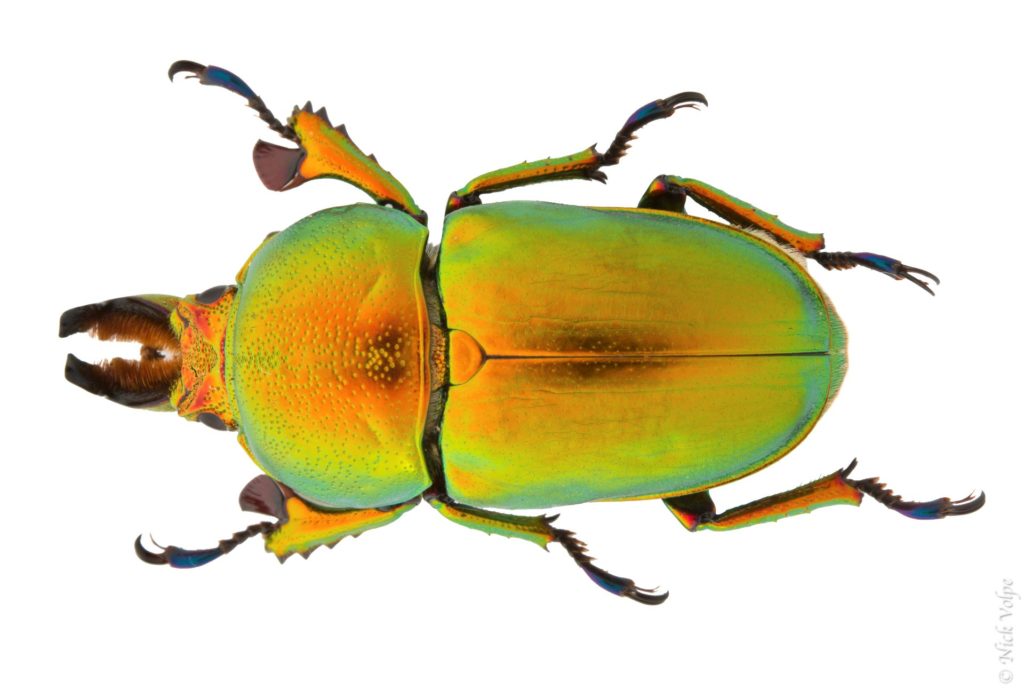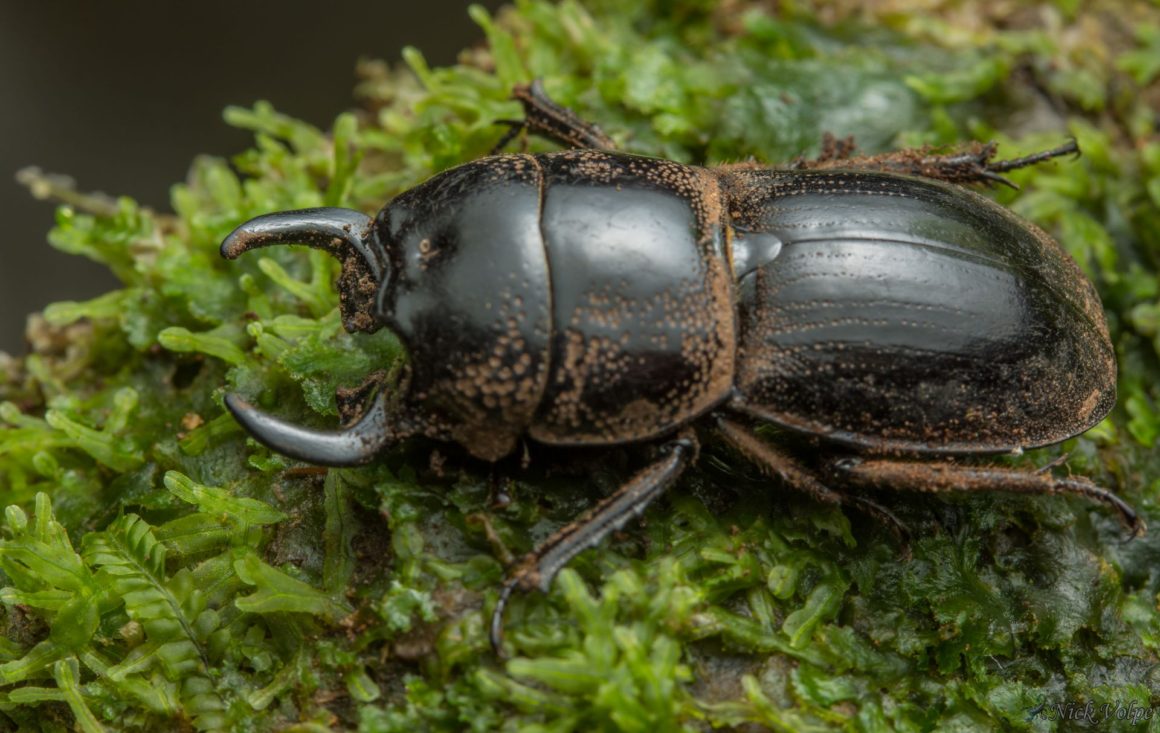Australian gardens in the past have often taken the form of the European equivalents which largely inspired them: neat, manicured, and filled with exotic plant species. While such gardens can be visually pleasing (though labour-intensive) spaces for people to relax, they have limited utility to act as a haven for wildlife, especially where our stunning native Stag Beetles are concerned.
Stag Beetles are not only a beautiful group of insects to have in your yard, but also valuable nutrient recyclers which contribute to the creation of rich top soils in the garden through their relationship with fungi and decaying wood.
Australia is home to about 95 species of Stag Beetle (of the family Lucanidae). These occur in an array of shapes and sizes and sometimes stunning iridescent colours. Urban areas rarely hold the same levels of insect biodiversity as our vast and various native forests and grasslands. In fact, numerous recent studies have shown that many insects once common in our urban areas are now declining. This includes Stag Beetles, which have become rare in suburbia.
The cause of this sad Stag Beetle decline? Tidiness!
Stag Beetles, like butterflies, go through a multistage life cycle, and while a butterfly starts as a caterpillar, a Stag Beetle begins life as a grub – and a very picky grub at that! Stag beetle grubs feed on the fungi which grows in, and breaks down, rotting wood. So, you can see why clearing away fallen logs and stumps to keep a stereotypically ‘tidy garden’ has a less than beneficial effect on Stag Beetles. Fortunately, this lack of habitat can be quickly remedied with a fun wildlife gardening project: a Stag Beetle bungalow.
A Stag Beetle bungalow can be constructed at absolutely no cost. All you’ll need is a shovel, a shady space in the garden, and some wood.

Step 1: Find some branches
Perhaps the hardest part of the whole exercise is sourcing the right wood. Wood from both native and exotic tree species can be used such as eucalyptus, oak, or birch, though avoid the wood of conifers such as pine trees, which contain toxic resins the beetles will avoid. Try to choose pieces about as thick as your arm, or even a little thinner. These can often be scavenged from nature strips, or by getting in contact with a local arborist who may let you take some branches from trees that are being cut back. Try to pick pieces of varying lengths somewhere between 30–60 cm.
Step 2: Pick your spot
The next step is to find and prepare the spot where you’ll be building your Stag Beetle bungalow. A shaded spot is ideal, and if it’s slightly moist, even better. Once you have picked the general location, dig a round hole approximately 25 cm in depth. The diameter of the hole can vary widely and is only limited by the number of pieces of wood you have, though a minimum diameter of 30 cm is best. When digging the hole, you’re likely to reach dry earth very quickly, so once your hole is finished, fill it with water and let that soak in. The types of fungi that break down wood, and feed baby Stag Beetles, generally prefer moist conditions, so it’s good to ensure the soil is damp to begin with.
Step 3: Build your bungalow
Finally, place the logs into the hole long ways up so that they are half submerged; soil and leaf litter can then be packed around the logs to fill any remaining space. Be sure to fill the hole properly so that large air pockets are not present around the logs. Finally, the Stag Beetle bungalow can be watered to wash the soil into any remaining air pockets and to moisten the wood to allow the fungi to begin growing on it and breaking it down.

Over the following months and years, fungi will colonise your Stag Beetle bungalow and feed many generations of beautiful Stag Beetles which will call your garden home, and hopefully spread through your neighbourhood. For the best results of course, talk a few neighbours into constructing their own bungalows so that you can encourage a large, healthy population in your area!
So whether you’re a wildlife fanatic, a keen macrophotographer, or just an inquisitive gardener looking for a new project, a Stag Beetle bungalow is a great way to encourage Stag Beetles to make a home in your garden, and a fun wildlife gardening project to try at home.
Banner image courtesy of Nick Volpe. See more of his work through his Facebook page.


Leave a Reply